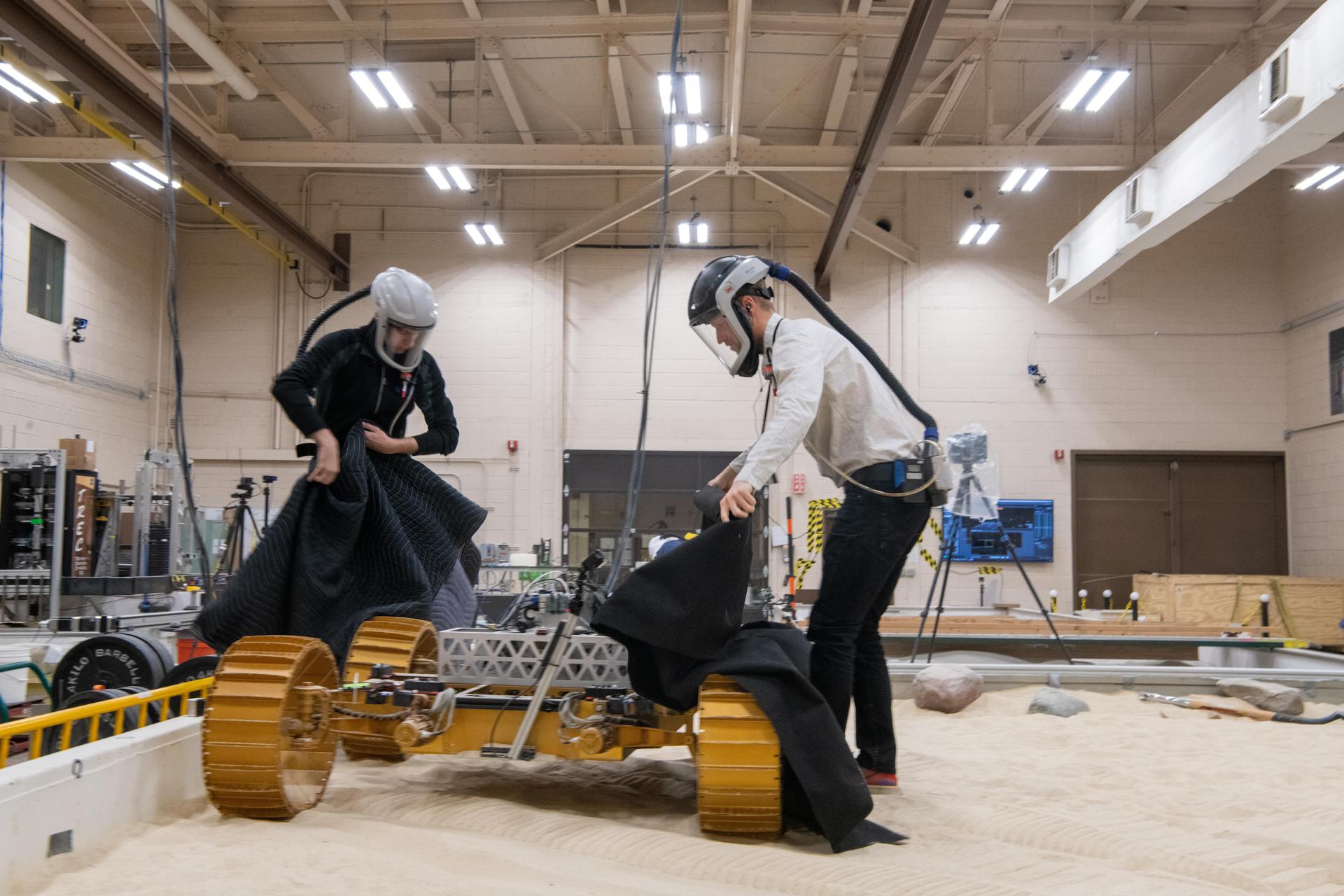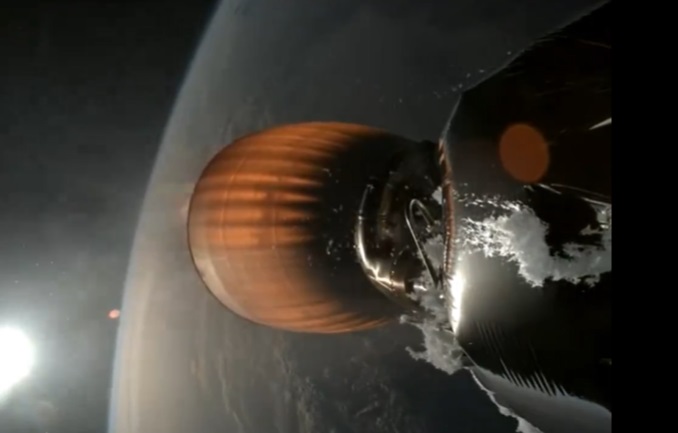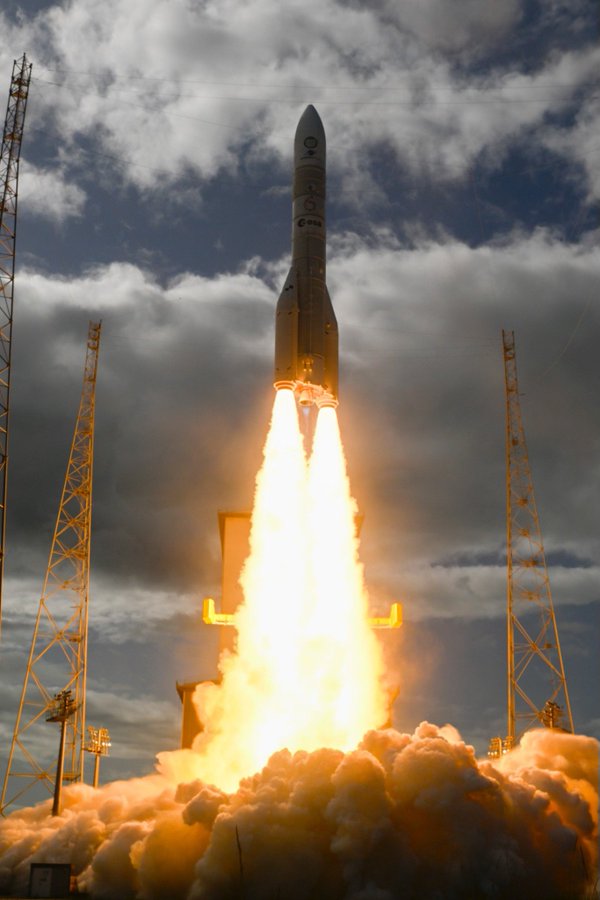The text here and on the extended entry is my expanded notes from my 27 March interview with Xcor Aerospace chief engineer Dan DeLong.
A reusable horizontal take-off and landing vehicle, the aim is to fly in 2010. The Lynx Mk 1 has one pilot and a gross lift-off weight of 5,500kg (12,000lb). The US Defense Advanced Research Projects Agency funded development of the Lynx’s rocket engine’s free piston pump technology, which replaces traditional turbomachinery to pump the fuel and oxidiser into the combustion chamber.
Its payload capability is the pilot, assumed to be 70kg, a 130kg passenger, and their pressure suits and parachutes.The Lynx’s development follows an Air Force Research Laboratory (AFRL) phase one award. The Phase one was an analysis and description of what became the Lynx vehicle, a feasibility study to match the AFRL’s operationally responsive space (ORS)requirements.
The Lynx Mk 1 will achieve Mach 2 during its ascent to its maximum altitude of 200,000ft (61,000m) with main engine cut off at 138,000ft. It will reach Mach 2.5 on its descent.
The Mk 1 has a carbon fibre construction with epoxy resin with a thermal protection system (TPS) for its leading edge. The composite material is being purchased from a number of vendors but assembly and integration will take place at Xcor.
The Mk 1 will use Xcor’s 5K18 engine that uses kerosene fuel and liquid oxygen oxidiser. Its engine uses the DARPA funded piston pump technology. The piston pump can cope with the environment at 200,000ft.
This LOX and kerosene pump piston technology has been bench tested. The engine’s igniter is the same type, electric spark, used on Xcor’s EZ-Rocket aircraft that is fuelled with LOX and alcohol.
The engine has vacuum restart capability but it needs 2s duration between it stopping and the restart. Internally funded, three engines have been built and tested with 188 runs amounting to 1532s of run time.
Commercial application piston pump system has crankshaft. The crankshaft is to phase the three cylinders. This is because the pistons’ power phase does not match the loading phase.
No decision on the number of engines for Lynx Mk 1 but the Mk 2 will have four.
The planned Mk 2 also has carbon fibre construction but uses cyanatester resin and a nickel alloy for the nose and leading edge TPS.
The Mk 2 vehicle size and shape is identical to the Mk 1. The Mk 2 will reach Mach 3 on ascent and Mach 3.5 on descent and have an apogee of 110km.
The Mk 2 Lynx engine will be an improvement on the Lynx Mk 1, it will be 40kg lighter in mass and have higher performance
The 5K18’s predecessor, the 4K14, has been test flown on a vehicle being developed for a commercial customer. Its LOX is pressure fed, while its kerosene is piston pump fed.
There is no computer control for the Lynx Mk 1. The pilot has manual control of control surfaces and pilot’s pulling force moves surfaces, except for the trim, which is electric with a pneumatic backup.
The Mk 2 has hard points on the structure for an upperstage, DeLong declined to give further details about this.
Talking to government agencies about Lynx. Xcor is submitting information for NASA’s RFI on suborbital services, one of the reasons for the Lynx announcement and the company wants to let the scientific community know about the vehicle.
Technologies and procedures to be developed and tested for the AFRL for ORS missions include integrating the Lynx into the civilian and military air traffic control systems, to avoid using rocket launch ranges, and the Lynx proplusion system.
The goal for the Lynx’s piston pump system is for it to operate for up to 120min before an overhaul required. Each flight only needs 3min of use.
Another goal is for the Lynx’s engine’s combustion chamber to operate for a total of 120min between overhaul periods but so far only up to 25min hot fire time has been achieved. The bottleneck to achieving 120min is electronics glitch issues.
Edwards Air Force Base’s airspace will be used for test flying the Lynx, which has been in development for over three years and replaces the firm’s earlier Xerus suborbital vehicle concept







